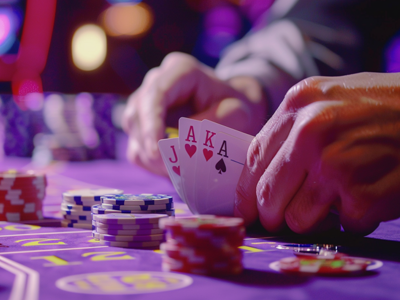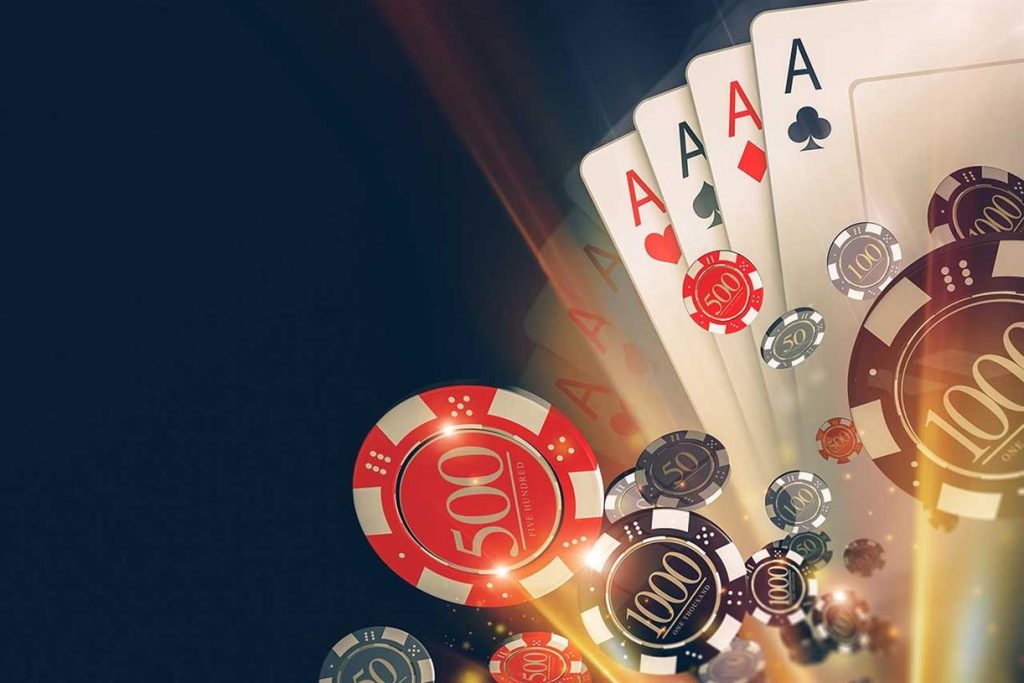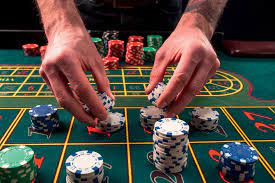If you’ve ever wondered about the numbers on a roulette wheel, you’ve come to the right place. There are no fixed rules about the numbers on a roulette wheel, and they can change depending on the game you’re playing. However, the colors of the wheel never change, as the colors were originally derived from a French card deck. In addition, the green places on an American roulette wheel and European roulette wheel represent the zero and two-zero pockets, respectively.
Many players focus on the “hot” or “cold” numbers, which are those that have hit a lot of times in recent spins. However, these streaks are of no use to the enterprising gambler. On a European roulette wheel, every number has a 37/1 chance of coming up. The number seven is the lucky number, and the number seventeen is a popular choice due to its central position.
In Chinese culture, the number six is considered a lucky number, though it is not as lucky as the number eight. A six line bet divides the wheel into six equal segments. In the same way, the numbers six, 28, 29, and 30 are represented horizontally on the roulette wheel. Hence, the six line bet covers the six numbers. The roulette wheel is composed of 36 numbers, with a 00 pocket and a 0 pocket.
The layout of the roulette table includes the numbers on the wheel. Depending on the type of roulette being played, the layout may differ from one table to another. Outside the betting area, the numbers are separated into columns. For example, one column covers the numbers 22-25, and the other three columns cover the other six numbers. The numbers in the wheel are laid out in a different order in Europe and America. The order of the numbers is different in each country, so you may want to consider this before placing a bet.
In general, the numbers on a roulette wheel are red or black and alternate in color. This arrangement is called the wheel’s “pattern” and is a design concept derived from the wheel’s layout. In European roulette, high and low numbers alternate, with the exception of the five closest to the ten. In American roulette, low and high roulette numbers are not in a similar pattern, making it impossible to call it balanced as in European roulette.
The physics of roulette wheel edge calculations are complex, and require quick computation. In the mid-seventies, two physics students who had discovered the pattern had enough winnings to fund their research. They shared their findings with the scientific community and eventually formed a group called the Eudaemons. The Eudaemons believe that the happiness of a person is directly related to their virtue. These students found that the roulette wheel edge was more prone to repeating a pattern than a normal spin.
There are many ways to make predictions on roulette wheel outcomes. One way is to use a mathematical formula. Researchers used trigonometric functions to predict where the ball will land on the roulette wheel. By studying the timing of the ball and the rotation of the wheel, they were able to predict which octant the ball would fall on. However, this method would only work for unbiased roulette wheels and could be countered by closing the table before the spin.





